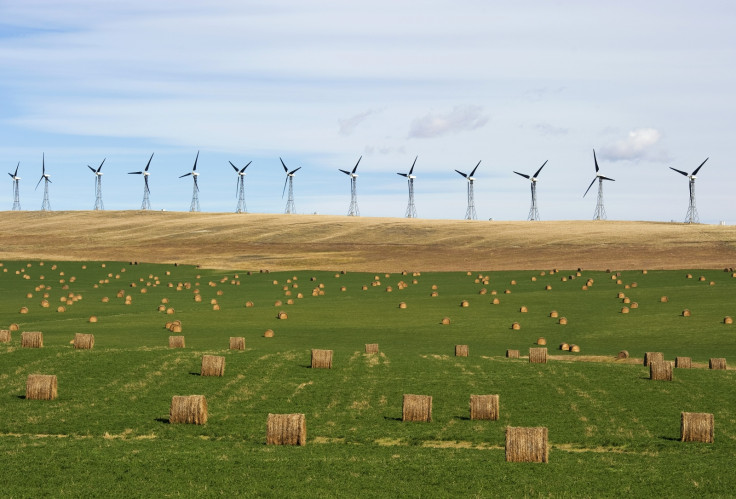Climate Change: Low Carbon Power Generation Achievable by 2050 Despite Material Costs

Climate change mitigation targets that cut down emission of air pollutants are achievable, even if they come with slight increases in material costs.
In a first-ever global comprehensive life cycle assessment of the long-term, widespread implementation of electricity generation from renewable resources, researchers from the Norwegian University of Science and Technology (NTNU) assessed individual low carbon technologies to study their environmental costs.
The costs, mostly in terms of materials, while not negligible are manageable.
They found that raw material use per unit of generation is higher than conventional fossil fuel plants. Photovoltaic plants to be built by 2050 would require two years of current copper production while wind plants will need 6-14 times more iron than conventional plants.
Demand for iron and steel would go up while that for aluminium will come down.
The team from NTNU looked at concentrating solar power, photovoltaics, wind power, hydropower, and gas- and coal-fired power plants with carbon capture and storage (CCS).
They assumed that the production of important raw materials, such as aluminium, copper, nickel, iron and steel, for example, would improve over time.
Studies so far have looked at single issues, such as selected pollutants, or the effects on land use or need for raw materials, and not as a comprehensive whole.
The present model allowed the integration of electricity produced by the renewable technologies with the economic model.
They looked at two scenarios developed by IEA; one in which global electricity production is assumed to increase by 134% between 2007 and 2050, and where fossil fuels account for two-thirds of the mix. Under this scenario, coal-based generation is 149% higher in 2050 than in 2007, accounting for 44% of all power generation.
The other scenario looks at a reduced electricity demand in 2050 owing to increased energy efficiency, where the power sector was largely weaned from fossil fuels by the use of renewable energies.
Recently, the International Renewable Energy Agency had claimed that not only can renewable energy meet the rising demand but it can do so cheaply, and help limit global warming to the crucial two degrees during the century. In its road map it had appealed to nations to go beyond short-term growth goals and make use of the renewable advantage.
Renewable energy generation has been picking up despite a drop in investments, up at 8.5% of total generation in 2013.
Going by current trends the Global Carbon Project has warned that the carbon budget will be used up in three decades, placing the planet on the path of irreversible climate change beyond that.
Fossil fuel based power generation is the single-largest contributor of carbon dioxide in the atmosphere.
© Copyright IBTimes 2025. All rights reserved.





















